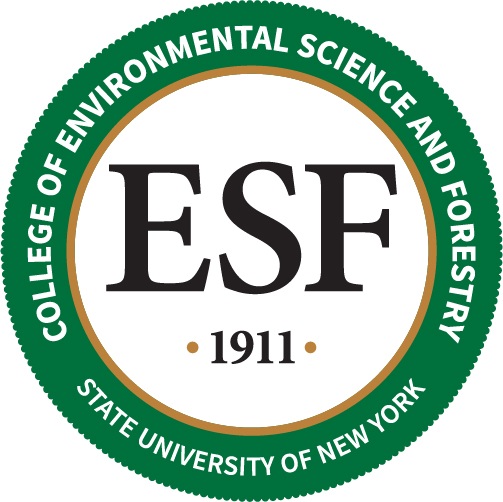Newswise — Graduate student Heather Root climbed her way to a bird's-eye view of the Adirondacks — literally — and found things no one had ever reported seeing before: three species of mites living in the forest canopy.
She found the tiny arachnids high in sugar maples at the SUNY College of Environmental Science and Forestry's Adirondack Ecological Center in Newcomb, N.Y. She also found a species of lichen never before reported in the Adirondacks. The only time it was reported in New York was in the 1960s on Long Island.
"The lichenologists I've talked to about this have been surprised at what I found," Root said. "They thought New York was an acid rain-depleted landscape with no cool lichens left. It turns out there's more there than people thought."
She presented a paper on her discovery at the Northeast Natural History Conference.
Dr. Gregory McGee, Root's co-major professor, said the discovery raises questions about what other secrets the forest holds.
"The surface area she worked with was really small. She sampled small areas of a few trees in a small area of the Adirondacks and she found three species of mites we hadn't seen before. Heaven only knows what else is out there that we don't know about. We just haven't looked," McGee said.
Root's work also raises questions about the role these little creatures might play in forest ecosystems.
"The mites live in lichens," McGee said. "They are food for predatory invertebrates. Snails and slugs feed on lichen and fungi. Snails are an important source of calcium for birds. And the lichen mats support it all. We need to find out if there are significant roles played by the big, old trees where lichens are typically found. Maybe we need to adjust our management guidelines in the Northeast if we're going to achieve maximum diversity."
McGee believes Root and her field assistant, ESF alumnus Howard Prescott, might be the first people in the Northeast to conduct this kind of research so high off the ground.
"They were in places I'd never dare go," he said.
Canvassing the canopy is a new research technique in the eastern United States. It has been done in the tropics and the forests of the Northwest, where researchers use canopy gondolas to haul themselves to the tops of trees.
Using climbing techniques learned from arborists, Root scaled 81 trees during the summers of 2004 and 2005, ascending 60 to 80 feet and exploring branches as small as 10 centimeters in diameter. She collected samples and researched their identities.
Mites are minute arachnids, related to spiders and ticks. The biggest ones are three-quarters of a millimeter long. A lichen forms when a fungus grows symbiotically with algae, resulting in a composite organism that forms a growth on rocks or tree trunks. Often, lichens are crustlike or branching in appearance. But the ones Root worked with were foliose lichens, shaped like leaves and attached to the bark.
She describes them as an "algae sandwich," with fungal layers forming the top and bottom.
Root said her role was to find out what was in the canopy. The next step is to figure out the significance of the findings.
"Things start to get interesting when these trees get old," McGee said. "This study says if you have a big tree, things will still be living on it and in it and under it."
MEDIA CONTACT
Register for reporter access to contact detailsCITATIONS
Northeast Natural History Conference
